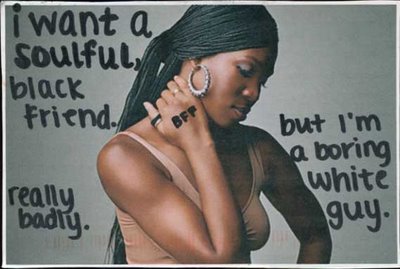People seem to love to draw distinctions between social categories. Gender, race, age, class, sexual orientation, religion… you name it; difference is something that we all tend to be a bit obsessed with. But even when there is difference, there is overlap. Often, lots and lots of overlap.
Case in point, sent in by Christie W. and Jordan G.: reactions to the super scary bit at Nightmares Fear Factory in Niagara Falls. These photos suggest that no matter who you are, scary is scary! There are lots and they are just as awesome.
Lisa Wade, PhD is an Associate Professor at Tulane University. She is the author of American Hookup, a book about college sexual culture; a textbook about gender; and a forthcoming introductory text: Terrible Magnificent Sociology. You can follow her on Twitter and Instagram.









